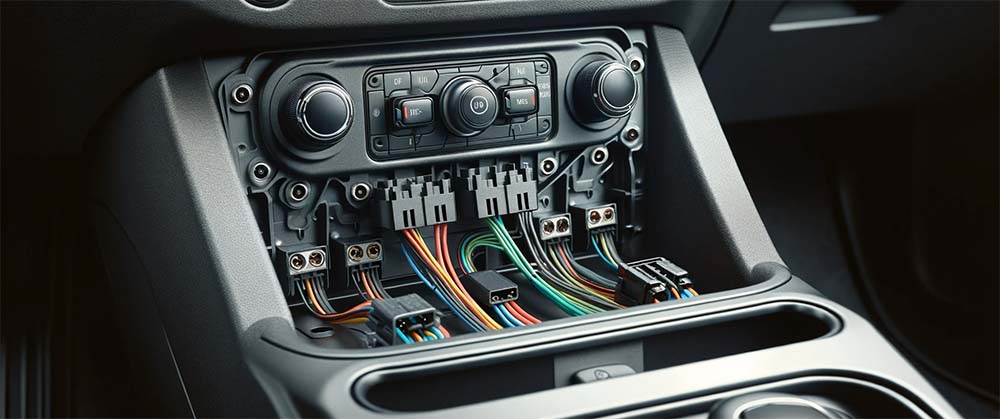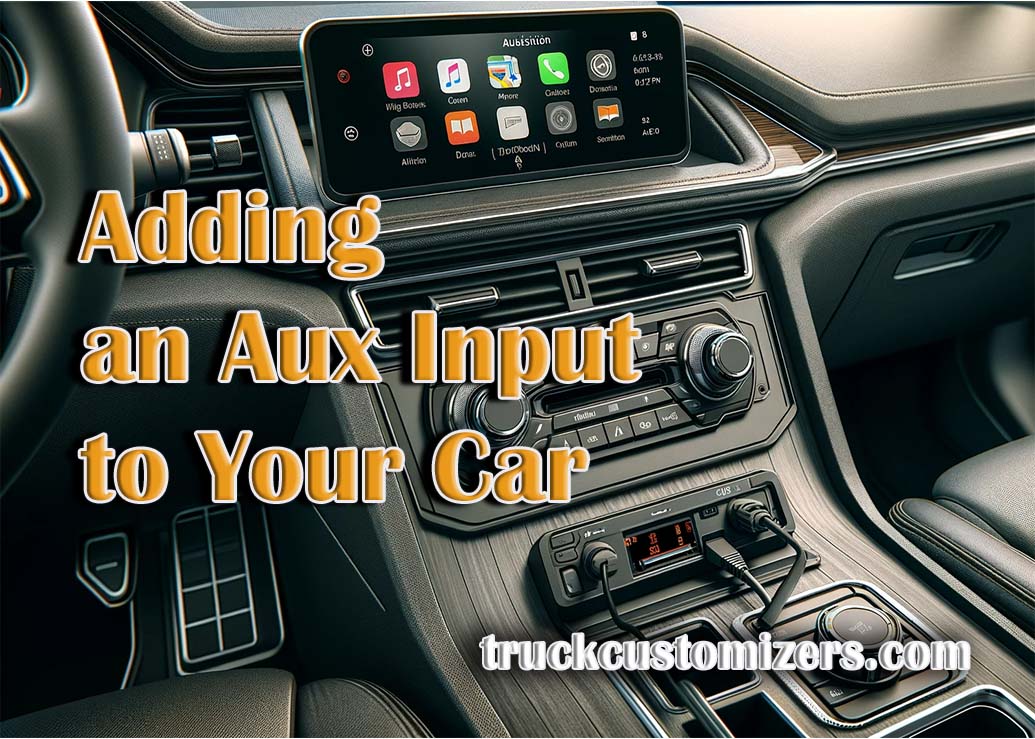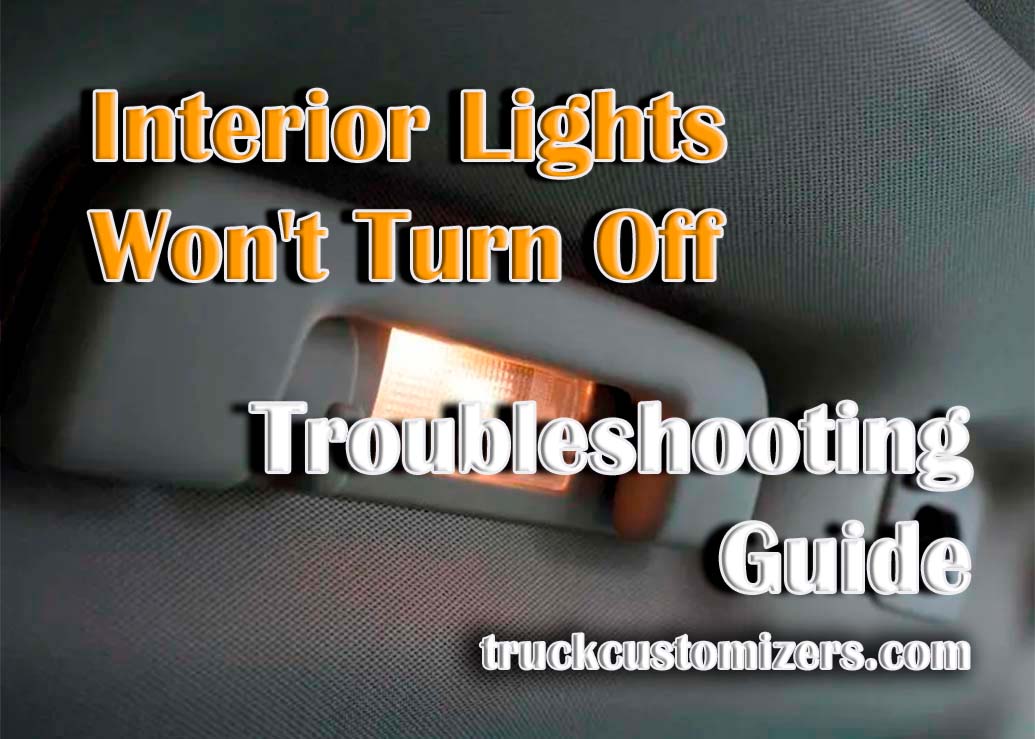Auxiliary ports transform car audio systems by enabling seamless connectivity to external audio devices. This feature is particularly advantageous for older vehicles that lack modern audio connectivity options. By adding an aux input, you can access a wider range of audio sources, including streaming services from smartphones or tablets, thereby modernizing the audio capabilities of your vehicle. The integration of an auxiliary port is not just about functionality; it also enhances the overall audio quality, providing clearer and richer sound compared to traditional FM transmitters or cassette adapters.
Evaluating the Cost of Aux Port Installation
The total cost of installing an auxiliary port in a car can vary widely. Key factors impacting the price include the type of auxiliary port kit chosen, labor costs if opting for professional installation, and the specific requirements of your vehicle’s make and model. Some cars may require more complex integration processes, which can increase the overall cost. DIY installations can reduce expenses but require a certain level of technical skill and confidence. This section offers a thorough breakdown of potential costs, helping car owners make informed decisions based on their budget and technical expertise.
Necessary Tools and Materials for Aux Input Installation
To successfully install an auxiliary port, you’ll need various tools and materials. Essential items include:
-
Auxiliary Port Kit: The primary component for the installation.
-
Basic Hand Tools: Screwdrivers, pliers, and possibly a panel removal tool.
-
Soldering Iron and Solder (if required): For secure electrical connections.
-
Electrical Tape and Wire Connectors: To insulate and protect wiring.
This list ensures you’re equipped with everything necessary to undertake the installation, whether as a DIY project or in preparation for a professional installation.

Detailed Guide to Installing an Auxiliary Port
The installation of an auxiliary port, while straightforward for the experienced DIYer, can be a nuanced process. It typically begins with removing a car stereo, which involves carefully detaching the dashboard panel and disconnecting the stereo unit from its electrical harnesses. Once access is gained, the next step is to connect the auxiliary adapter to the stereo’s input, ensuring a secure and stable connection. Routing the cables to a convenient location, such as the glove compartment or near the center console, is crucial for easy accessibility. Testing the setup is an essential step before reassembling the dashboard to ensure everything functions correctly. During reassembly, it’s important to ensure all components are securely fastened and the stereo unit is properly aligned to avoid any potential damage or misalignment.
Troubleshooting and Optimizing Your Aux Port Installation
After installing an auxiliary port, some common issues might arise, such as static noise, inconsistent sound quality, or connectivity problems. These can typically be resolved by revisiting the connections and ensuring they are tight and correctly soldered if necessary. It’s also important to check the compatibility of your audio device with the newly installed aux input, as some devices may require specific configurations or settings adjustments. Optimizing cable placement is also crucial to prevent electrical interference that can affect sound quality. Additionally, ensuring the auxiliary port is free from dust and debris can improve the connection’s longevity and functionality. If the issues persist, consulting a professional or referencing specific car model forums and guides can provide more tailored solutions.
Conclusion: Upgrading Your Car’s Audio Capability
Installing an auxiliary port is a worthwhile endeavor for any car owner looking to enhance their vehicle’s audio system. This upgrade not only brings modern functionality to older car models but also allows for a more personalized and enriched audio experience. The sense of accomplishment from successfully completing a DIY installation, or the satisfaction of having a professional integrate this feature, adds to the overall enjoyment of your car’s enhanced audio capabilities. With this new addition, long drives become more pleasurable, and daily commutes are transformed into opportunities to enjoy your favorite music, podcasts, and audio content with ease and high quality.



